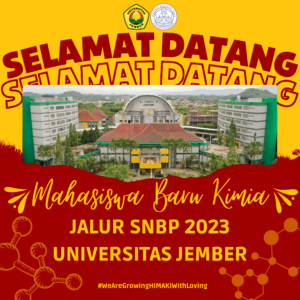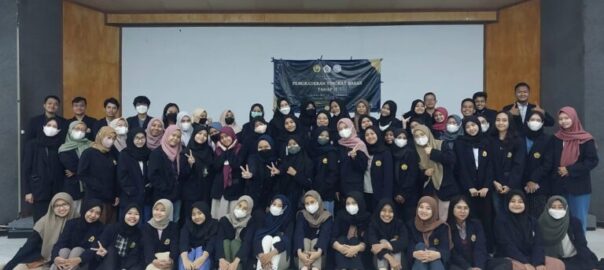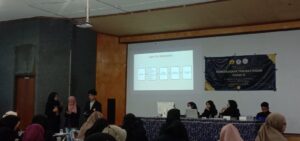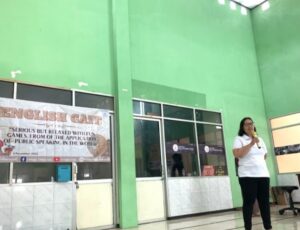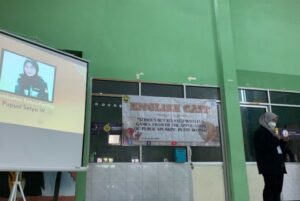Hai sobat chems, gimana nih lebarannya? Lebaran identik dengan makanan seperti ketupat, opor dan rendang namun, selain identik dengan makanan pada saat lebaran banyak masyarakat Indonesia menyalakan kembang api atau petasan untuk merayakan hari kemenangan. Nah sobat chems tau ga sih apa kandungan dalam kembang api dan reaksi apa yang terjadi di dalamnya? Simak artikel di bawah ini ya!
Ahli kimia di Tiongkok mencampurkan kalium nitrat, sulfur, arang, dan berhasil membuat mesiu mentah. Itu bukan tujuan awal mereka. Para ahli kimia tersebut sebenarnya sedang berusaha menciptakan resep kehidupan abadi. Orang-orang Tiongkok percaya bahwa ledakan bisa mengusir roh jahat. Untuk menciptakan kembang api pertama di dunia ini, mereka membungkus mesiu ke dalam tunas bambu lalu melemparkannya ke dalam api sehingga menimbulkan ledakan kencang.
Bubuk yang berada dalam kembang api dikenal dengan black powder. Ada berbagai macam black powder yaitu campuran antara sodium nitrat (NaNO3), charcoal, dan belerang; campuran antara potasium nitrat dan charcoal (tanpa belerang); serta pyrodex yang merupakan campuran antara potasium nitrat, potasium perklorat (KClO4), charcoal, belerang, cyanoguanidin, sodium benzoat, dan dekstrin. Bahan kimia biasanya ditambahkan untuk memberikan efek warna seperti Kalium Nitrat (ungu), Barium Nitrat (Hijau), Nitrat Stronsium (merah), dan lainnya.
Apabila kembang api dibakar, maka timbulah reaksi berkecepatan tinggi disertai terbentuknya gas-gas serta menimbulkan efek panas dan tekanan yang sangat tinggi. Hal inilah yang menyebabkannya meledak di udara. Rumus kimia proses pembakaran tersebut adalah sebagai berikut:
6KNO3 + C7H4O + 2S à K2CO3 + K2SO4 + K2S + 4CO2 + 2CO + 2H2O + 3N2
Ketika terjadi ledakan di udara, material tersebut akan tersebar dalam kondisi yang sangat panas. Garam logam di dalamnya pun ikut terbakar sehingga menyebabkan elektron dalam atom logam tereksitasi ke tingkat energi yang lebih tinggi. Keadaan tereksitasi ini tidak stabil, sehingga elektron dengan cepat kembali ke energi aslinya (atau keadaan dasar), dan menghasilkan energi berlebih sebagai cahaya. Logam yang berbeda akan memiliki energi yang berbeda antara keadaan dasar dan keadaan tereksitasi, sehingga menghasilkan warna cahaya yang berbeda.
#wearegrowinghimakiwithloving




